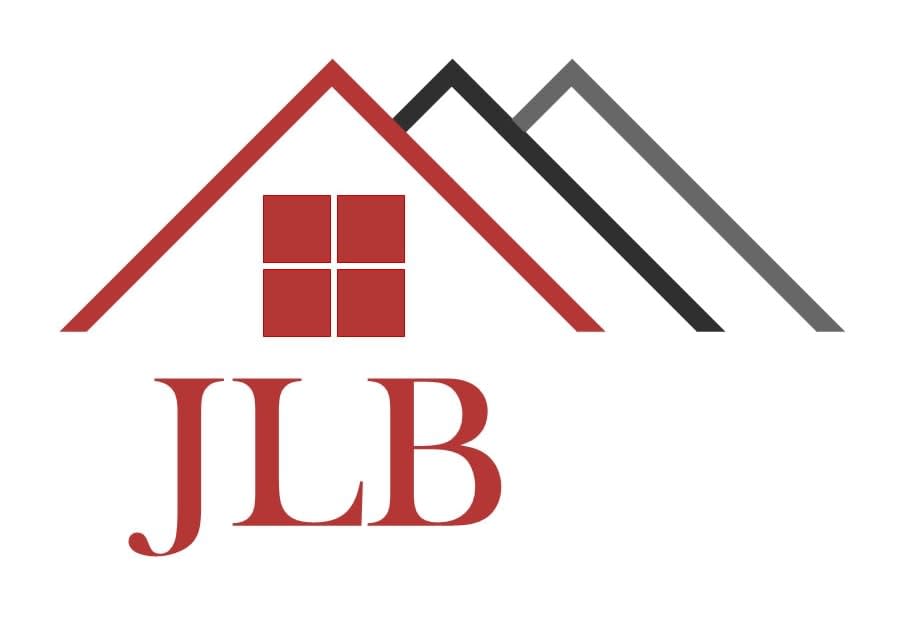Estimation Walk-Through

COST METHODOLOGY BY DESIGN
A. Rough Order of Magnitude (ROM):
DEFINED
ROM estimates are based on high-level information and very little detail. Examples include the number of rooms in a hotel or – in this example – the gross square footage of a residency.
DESCRIPTION
All that is required to complete a ROM estimate is a project size, location, intended use of space, and level of finish.
PURPOSE
Used to establish a baseline construction budget and better analyze a project’s feasibility.
VALUE ADDED
Despite the preliminary stage of design, we are able to create detailed construction cost estimates by employing various estimating methods.
B. Conceptual Design:
DEFINED
At the conceptual design stage, takeoffs become more detailed and include assembly-level quantification. In many cases, input from our estimating staff at this early stage helps to inform future design and specification choices.
DESCRIPTION
At this stage of the design process, there are now architectural sketches and the primary type of construction (reinforced concrete, steel, metal or wood framing, etc.).
PURPOSE
Used to refine the scope of work and to establish a more detailed project budget.
VALUE ADDED
By analyzing a project’s costs through its various construction assemblies, the cost impacts of different design choices can be easily analyzed and compared.
C. Design Development
DEFINED
A design development estimate is able to examine individual project components in a greater detail. For example, a wall assembly now becomes paint, gypsum board, insulation, wood framing, sheathing and stucco.
DESCRIPTION
Architectural plans are nearing completion and preliminary structural and MEP drawings have been provided. Also, there can often be multiple iterations of design development drawings and specifications.
PURPOSE
Refine scope of work and create a detailed bill of materials.
VALUE ADDED
As the project moves closer to being construction-ready, take-offs can be used as a measure of control to ensure nothing gets left out.
D. Construction Documents
DEFINED
The final stage of design and the most detailed level of estimate. The report breaks down all the design elements into individual components. A wood framed wall now becomes a bottom plate, studs and double top plates.
DESCRIPTION
In this stage of design, the plans and specifications approved for construction are complete. There is also a detailed finish schedule.
PURPOSE
Create a comprehensive cost estimate that can be used for quality control of contractor bids and progress tracking.
VALUE ADDED
An estimate at the construction document stage simplifies the analysis of competing contractor bids.
The Precision Way
OUR PROCESS
STEP 1
FORMAL KICKOFF MEETING
Our estimating process begins with a meeting of the Cost Management team members. In this meeting, they take a deep into the project’s engagement resources and addenda. Overall, the goal of this meeting is for the project team to develop a detailed schedule for timely delivery. In order to do so, the team must break down the cost estimate into sub-tasks and assign specific deliverables, responsibilities, and deadlines to each team member. This meeting also allows the assigned Project Lead to review unique and or challenging project elements with the team.
STEP 2
DETAILED QUANTITY SURVEY
The JLB team performs a digital quantity takeoff using leading takeoff software in order to streamline the material quantification and quality management processes. Simply stated, this is the process of translating current design drawings into resource quantities suitable for costing.
STEP 3
MATERIAL, EQUIPMENT, & LABOR PRICING
Our material pricing process includes procurement of supplier pricing, in addition to, utilization of pricing catalogs and published reference books and subcontractors & supply house communities. Equipment and Labor pricing considers crew size, wage agreements, equipment costs, and information from the Bureau of Labor Statistics & RS Means. Lastly, we also include location-specific research to ensure the accuracy and relevancy of the information we provide.
STEP 4
ADDITIONAL COST CONSIDERATIONS
Additional considerations include cost adjustments for specific project conditions such as inclement weather, material logistics, site constraints, and more. Another additional consideration are job site overheads which include bonds, permits, mobilization, temporary facilities, travel, lodging, demobilization, and more. Our final cost estimate reports also include design contingency, contractor overhead & profit, sales tax, and escalation into our final Cost Estimate deliverable.
STEP 5
QC & COLD EYES REVIEW
For quality assurance purposes, our process incorporates a review by a Senior Cost Manager (without prior project knowledge). This ensures that proper estimating methods, procedures, techniques, data and guidelines have been employed during compilation of the Cost Estimate. This process includes asking specific questions to Cost Managers, who must provide defensible logic and reasoning for their approach. Prior to delivering the Cost Estimate report to the Client, the Senior Cost Manager will also review key project cost metrics and statistics (such as cost per square foot) against JLB’s database of previous projects.
STEP 6
PROJECT CLOSE-OUT
An integral part of our firm’s commitment to continuous improvement are our project close-out meetings. In these meetings, we thoroughly dissect all associated projects costs in a collaborative all-hands meeting. Ultimately, these sessions result in valuable insights and ensures that our team members are aware of current cost trends and the driving forces behind them.
Get In Touch
Office location
Branford, ConnecticutSend us an email
[email protected]